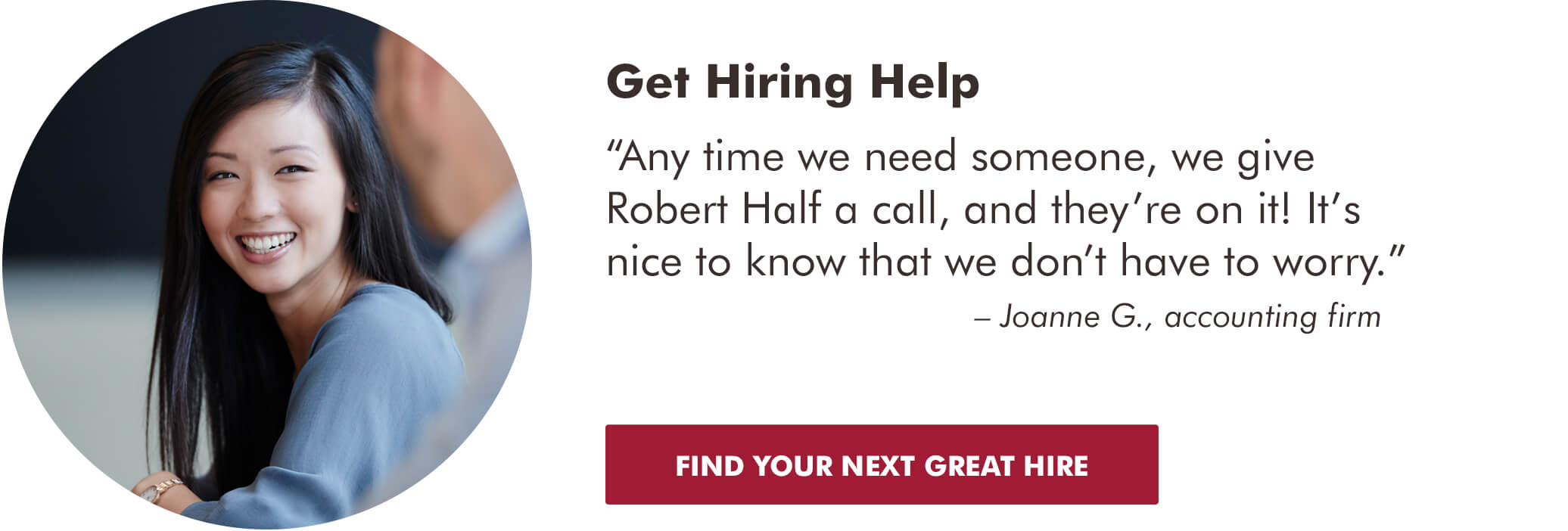All other things being equal, an organization that promotes diversity, equity and inclusion (DEI) is likely to outperform one that doesn’t. From the front desk to the C-suite, a diverse, fairly treated workforce can approach problems and opportunities from a range of perspectives and is likely to feel personally invested in the company’s success.
Despite these incentives, many DEI programs fail to some degree. Here’s why, plus tips to help your program succeed.
Don’t put the 'D' before the 'E' and 'I'
Some DEI programs fail because organizations prioritize diversity at the expense of equity and inclusion. That’s not to say that achieving diversity is easy. But it can be accomplished in the short term without transforming your organizational culture to emphasize the other two — a challenging and sometimes drawn-out process. Instead, they simply transform their hiring strategy. That’s a good start, but it’s not going to reap the real benefits.
The problem with this approach is that you could be setting up your new hires to fail by bringing them into a work culture ill-equipped to give them the resources and opportunities they need.
Let’s suppose a female software engineer learns informally that she’s paid less than male colleagues with similar experience and performance ratings. That’s an equity fail. Or suppose a nonbinary accountant encounters gendered language in your onboarding documentation or company dress code. That’s an inclusivity fail. Employees who feel excluded or treated unfairly likely won’t be as engaged in their work. Or worse, they may quickly leave the company, delivering a blow to your DEI ambitions — and leaving you understaffed and at risk of overburdening your other employees.
Learn about Robert Half's commitment to diversity, equity and inclusion.
How to kick-start your DEI program
All of this is avoidable if you put some equitable and inclusive structures in place. To begin this process, you should:
1. Get support from leadership. Leadership buy-in is critical to implementing DEI initiatives at all levels of your organization. You can help secure it by setting measurable goals and explaining how you’ll use data to track your program’s success.
2. Start a DEI dialog. In an equitable work culture, everyone has the opportunities and resources they need to succeed. Use surveys, town halls and one-to-one meetings to identify those requirements. Invite constructive criticism of your current policies — good leaders should want to hear multiple viewpoints before making decisions.
3. Facilitate employee resource groups. ERGs are groups of people with shared experiences, such as women or LGBTQ+ or Black employees. These groups can play a critical role in improving inclusivity within your workplace by encouraging employees to share ideas and concerns — and offering them a place to find support.
4. Data powers progress — benchmark and set transparent goals. Encourage your organization to develop and implement a DEI data strategy. This data can be shared with leaders to inform their decision-making process with respect to improving DEI structures across the organization’s ecosystem. By providing key trending information and demographics, leaders can intentionally focus on the development, promotion and retention of historically underrepresented talent.
5. Model inclusive language and behaviors. Managers and HR professionals need to be the change they want to see in the workplace. The impact of nixing gendered terms from your employee handbook, for example, will be severely diluted if you continue to use this language in emails and other communications.
Find and hire diverse candidates
An organizational culture founded on fairness and inclusivity is ready to welcome a more diverse workforce. Here’s how you can hire for diversity:
6. Leverage your networks. The better your DEI program, the more willing current employees and members of your alumni network will be to recommend your company to candidates from the groups you're trying to reach. Other ways to create new talent pipelines include partnering with organizations that promote diversity and setting up internship programs for people traditionally underrepresented in your industry.
7. Explore new talent pools. In a tight labor market, you can find the talent you need and increase your diversity by considering candidate pools your competitors may ignore. Examples include military spouses (who have one of the highest unemployment rates in the nation) and formerly incarcerated individuals.
8. Don’t sweat nice-to-have skills. When crafting your job descriptions, consider only including skills that are absolutely necessary for the role. Too many extras and you risk driving away talented applicants who haven’t had access to certain experiences or educational opportunities.
9. Advertise your diversity efforts. A DEI program is a powerful recruiting tool. These days, it’s something that many potential employees look for. So be sure you talk about it on your company’s website, and add your diversity statement to your job postings.
10. Use diverse hiring panels. Diverse hiring panels benefit both applicants and interviewers. Candidates will be energized when they see your company practices what it preaches. For those on the panel, it can be a milestone in their career
DEI isn’t only about how your workforce looks. It’s also about how it feels. If you can build an organizational culture where people feel like they are fairly treated and can be their true selves, you will hugely improve your chances of attracting and retaining a diverse pool of talent — and reaping all the benefits of a highly engaged workforce that can approach projects and problems from more effective viewpoints.







